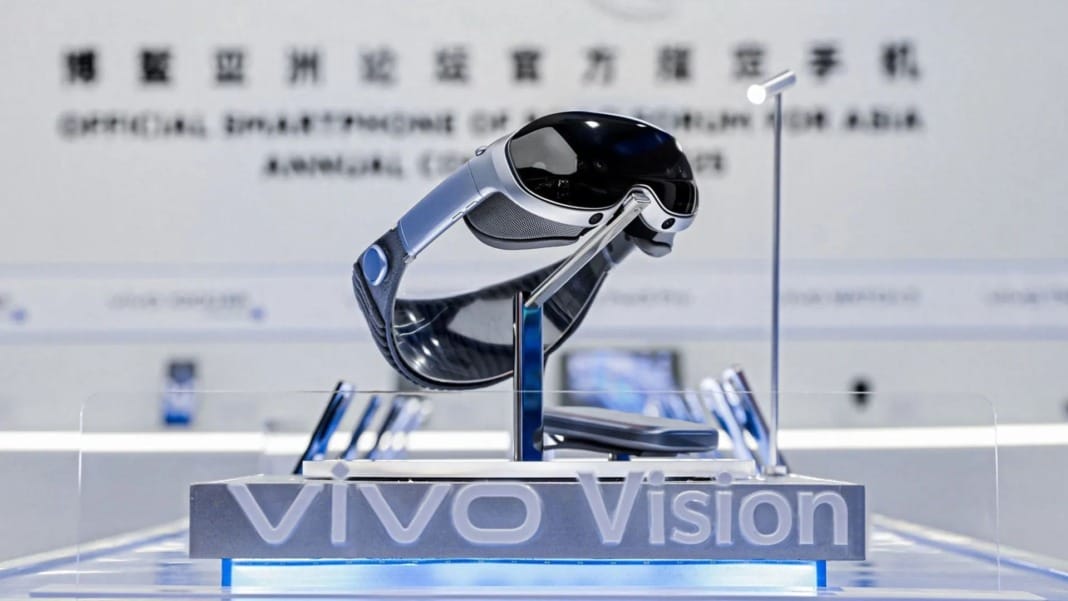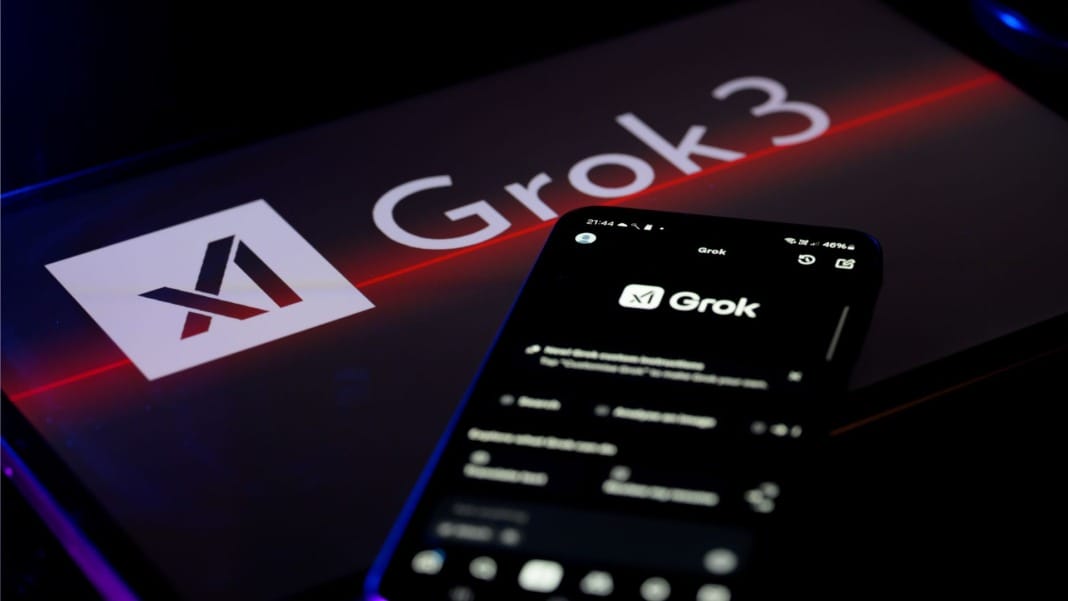Chinese smartphone maker Vivo has introduced its first mixed-reality headset, the Vivo Vision, which bears a striking resemblance to Apple’s Vision Pro in both design and functionality but is expected to come at a much lower price. The new device was officially detailed on 22 August, with its specifications published on Vivo’s website.
The Vivo Vision headset is controlled using eye-tracking technology and hand gestures, much like Apple’s premium offering. However, Vivo’s version is significantly lighter, weighing 398 grams compared with Apple’s Vision Pro, which weighs at least 600 grams. By reducing the weight by around 35 per cent, Vivo aims to address one of the main concerns raised by high-end virtual reality (VR) users: comfort during prolonged use.
The headset features two organic light-emitting diode (OLED) displays, each offering a resolution of 3,840 by 3,552 pixels, delivering an overall 8K resolution. It is powered by Qualcomm’s Snapdragon XR2 Plus Gen 2 Platform, which Vivo claims boosts graphics processing by 15 per cent over the previous generation, providing sharper visuals and reducing image jitter. The device will also ship with two head strap options: a solo knit band and a dual-loop band, giving users flexibility in fit and style.
Device compatibility and demonstration plans
For now, the Vivo Vision headset is compatible only with select Vivo smartphones and computers running Windows 10 or later for screen projection purposes. The company has yet to announce an official release date or confirm pricing details. Still, customers are being invited to book in-store demonstrations at physical retail locations across 12 major Chinese cities, including Beijing, Shanghai and Shenzhen.
The device was first showcased at an event in Hainan province in March, where Vivo revealed its entry into the virtual and augmented reality sector but refrained from releasing technical details at the time. This week’s announcement marks the company’s most detailed step yet towards a commercial launch.
Vivo’s chief operating officer, Hu Baishan, hinted in comments to Chinese media earlier this week that the new headset could be priced at around 10,000 yuan (US$1,393) or less. This pricing strategy would undercut Apple’s Vision Pro, which starts at 29,999 yuan in mainland China, making Vivo’s device potentially a third of the cost of Apple’s rival product.
A growing market for virtual and augmented reality
Vivo’s aggressive pricing reflects a broader trend among Chinese technology companies, which often compete globally by offering similar specifications at significantly lower prices. This strategy has already paid off in the smartphone market, where Vivo currently ranks among the top players.
According to market research firm Canalys, Apple placed fifth in mainland China smartphone shipments in the second quarter of 2024, holding a 15% market share. Huawei and Vivo led the rankings, underlining the strong domestic competition in the premium device segment.
Industry forecasts suggest that China will soon become one of the world’s largest markets for virtual and augmented reality technologies. Research by IDC projects that total spending in the sector will surpass US$10.5 billion by 2029, positioning China as the second-largest market after the United States.
With its Vision headset, Vivo aims to capture a significant share of the fast-growing industry by offering high-end specifications at a lower entry price, potentially attracting users who have been hesitant to invest in pricier hardware.





